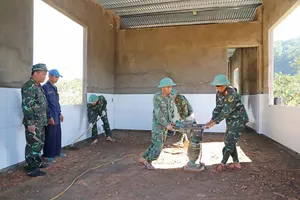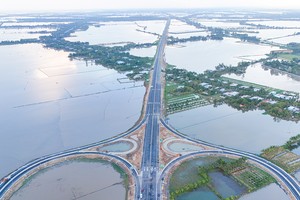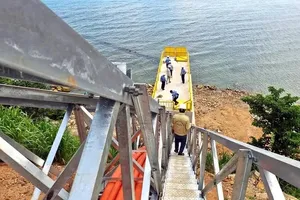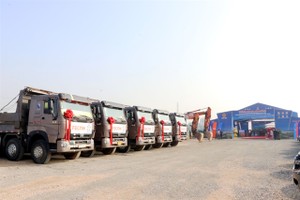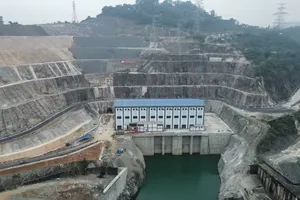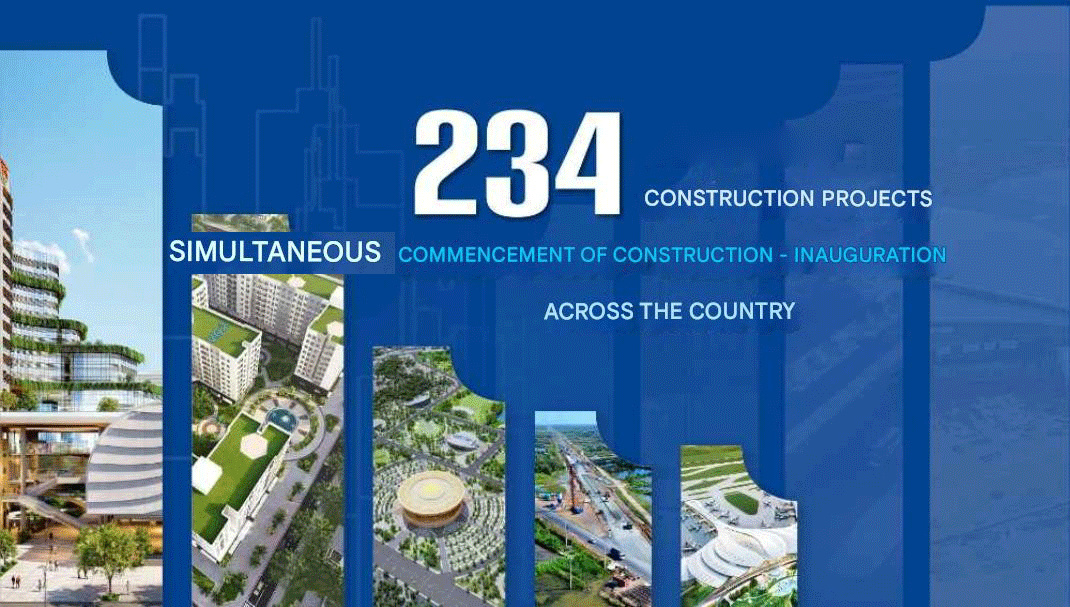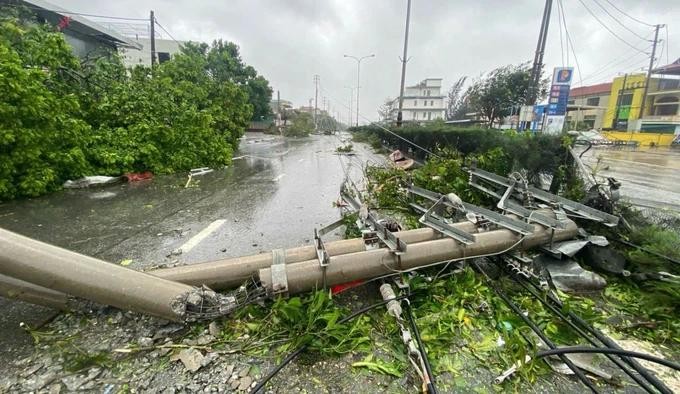
Specifically, the initial assessment conducted by the Ministry of Planning and Investment was released at the Government Standing Committee Conference with localities affected by super typhoon Yagi on solutions to address the impacts of the deadly typhoon, support people and businesses to stabilize their lives, restore production and business activities, and promote growth, chaired by Prime Minister Pham Minh Chinh on September 15.
The strength and intensity of the typhoon has left a trail of catastrophic consequences. Yagi had already claimed the lives of 281 people while 67 others were reportedly missing.
Approximately 257,000 houses, 1,300 schools, and many infrastructure works collapsed and were damaged; 305 dike incidents, primarily large dikes of level III or higher; over 262,000 hectares of rice, crops, and fruit trees were flooded, damaged, and collapsed; 2,250 aquaculture cages were damaged and swept away; nearly 2.3 million livestock and poultry died; and nearly 310,000 urban trees were destroyed.
Many roads were flooded and damaged, causing traffic activities (especially roads and railways) to be partially suspended.
Agricultural operations, including rice and crop cultivation, as well as livestock and aquaculture households, have suffered significant damage due to super typhoon Yagi. This devastation has impacted various regions, such as coastal, urban, border urban, rural, and mountainous areas, necessitating substantial resources and time for recovery, restocking, replanting, and reproduction. Notably, the storm and subsequent flooding occurred during the North's sowing and harvesting period, prior to the actual harvest season.
Most of the accommodation facilities in Ha Long City, Cam Pha City, Van Don and Co To districts of Quang Ninh province were severely damaged. Preliminary statistics show that 27 tourist boats and 4 cargo ships sank; offices and reception facilities at seaports serving tourists were damaged.
Cat Cat tourist site in Sa Pa City of Lao Cai Province recorded landslides. Some community tourism and tourism farms in the provinces of Lao Cai, Yen Bai, Ha Giang, Cao Bang were seriously affected.
Scores of tourist and lodging establishments sustained damage and were required to shut down for repairs. Consequently, the northern region will forfeit the international tourist season, which spans from September 2024 to April 2025, and may struggle to draw domestic visitors, particularly in major tourist hotspots like Hanoi, Hai Phong, Quang Ninh, Lao Cai, and Ha Giang.
Industrial and construction companies are significantly impacted by the storm, particularly due to the indirect consequences of power outages, disruptions in communication, and the effects on labor and the families of workers. In order to mitigate the damage to businesses and facilitate recovery, local authorities have taken measures to ensure a reliable supply of electricity, water, and telecommunications services, enabling companies to resume operations promptly once the weather conditions improve.
The Ministry of Planning and Investment stated that social issues, particularly health, education, the environment, rural clean water, urban clean water, labor, employment, people's lives, and so on, require special attention, prioritized resources, and immediate implementation following storms and floods to prevent epidemics from arising and to avoid repercussions on people's lives.
The Ministry anticipates a deceleration in the growth rate for the entire country and numerous localities during the last six months of the year. It is projected that the GDP growth for the country in the third quarter may decline by 0.35 percent, with a further decrease of 0.22 percent expected in the fourth quarter when compared to a scenario devoid of the impact of super typhoon Yagi. For the entirety of 2024, it is estimated that GDP could fall by 0.15 percent relative to a scenario where growth is projected to reach between 6.8 percent and 7 percent. Specifically, the agriculture, forestry, and fishery sector is expected to contract by 0.33 percent, the industry and construction sectors by 0.05 percent, and the services sector by 0.22 percent.
According to the report of the General Statistics Office, compared to the first estimated GRDP growth scenario for localities in July 2024, the growth decline for the year of 2024 in Hanoi is 0.2 percent; Hai Phong is 0.63 percent; Quang Ninh is 0.65 percent; Cao Bang is 0.51 percent; Lao Cai is 0.63 percent; Tuyen Quang is 0.5 percent; Yen Bai is 0.53 percent; Thai Nguyen is 0.59 percent.
The Ministry of Planning and Investment has emphasized that the development of infrastructure should be intricately connected to the prevention and management of natural disasters. It is essential to conduct a comprehensive assessment and forecasting of geological and hydrological factors that may be impacted during the construction of the infrastructure system. This approach will enable the formulation of suitable and timely measures to safeguard the environment during the project's execution.

